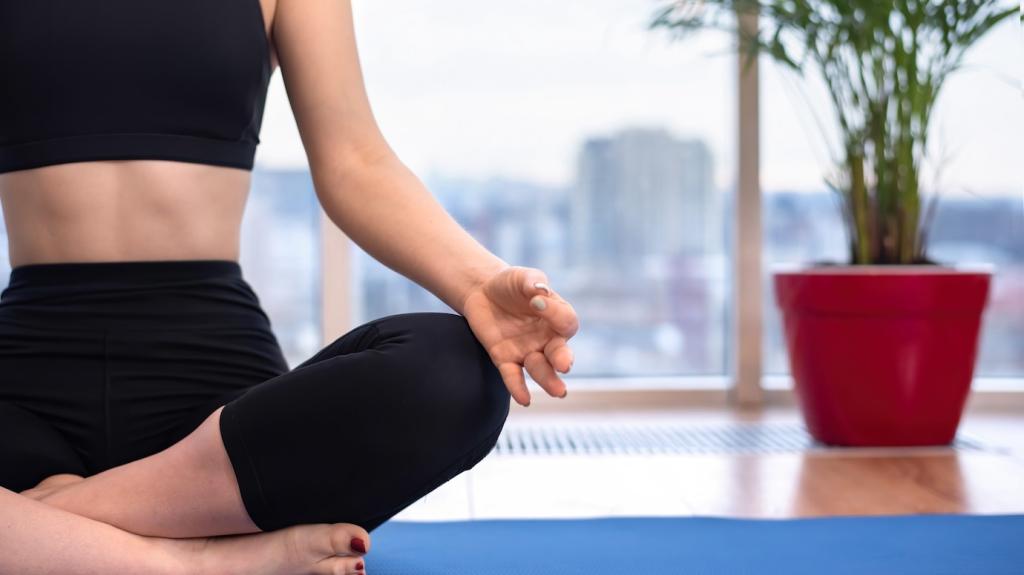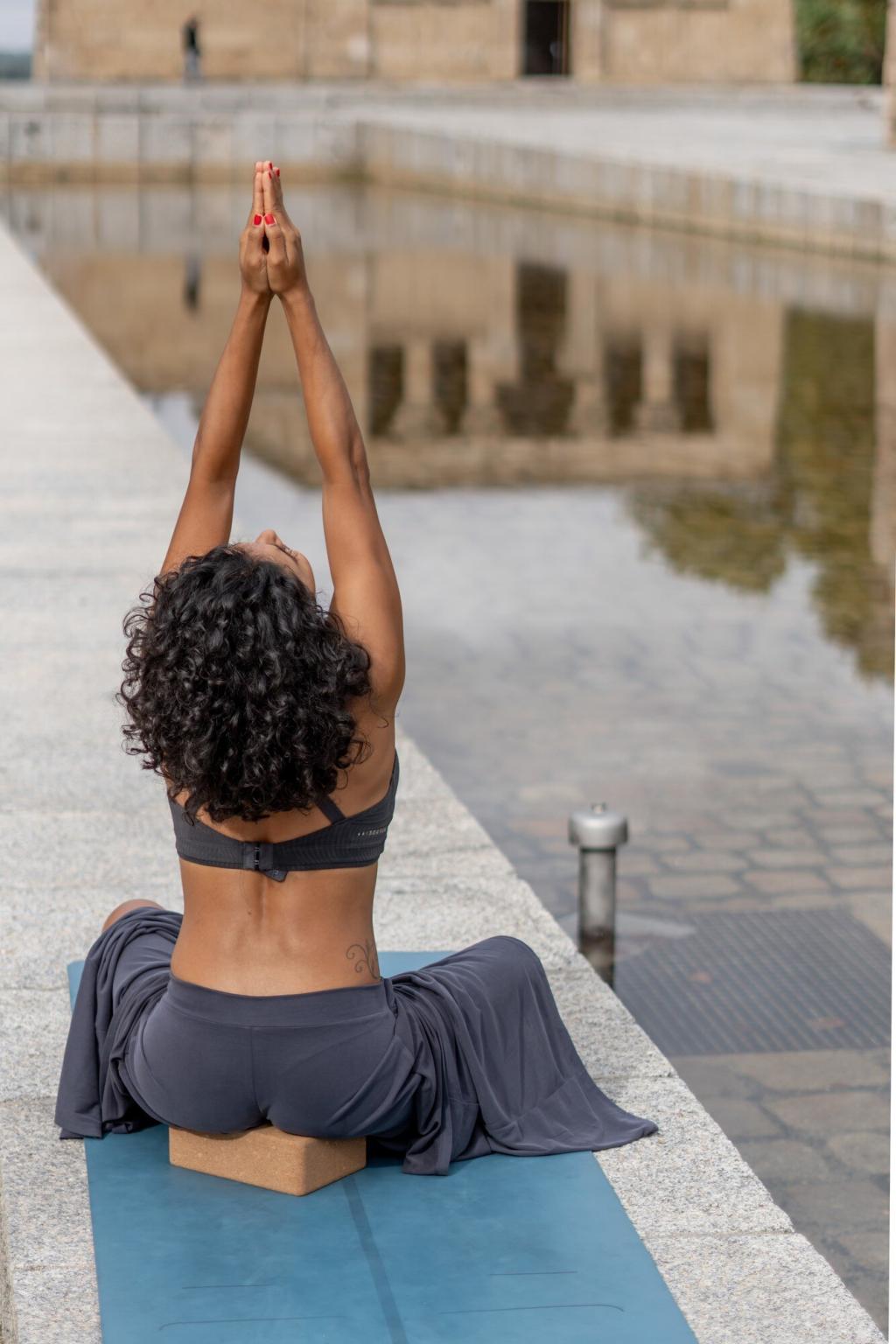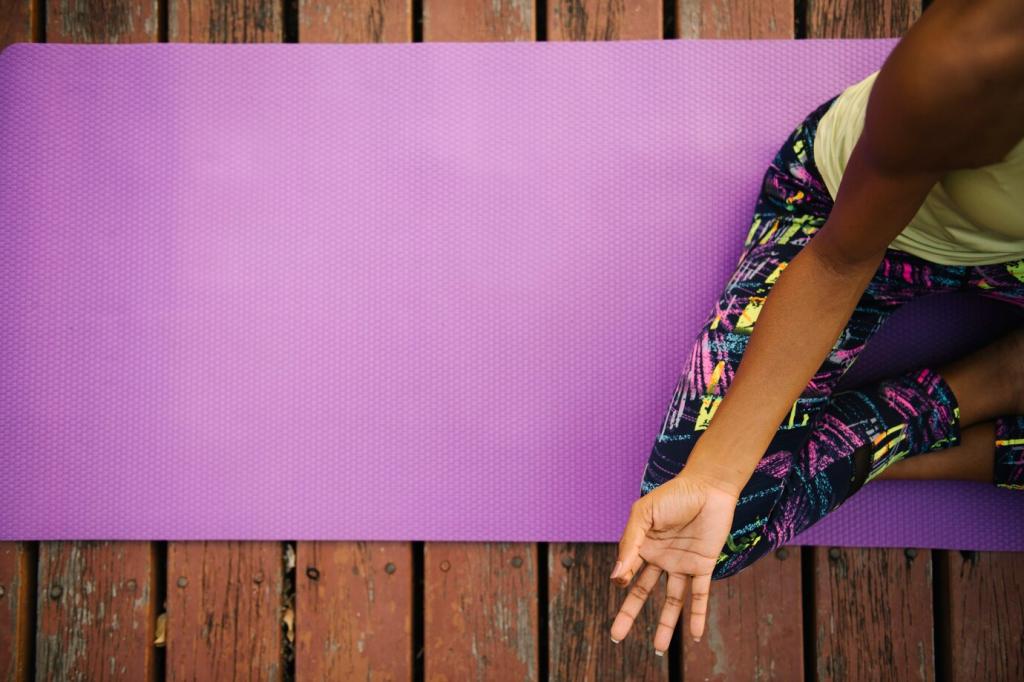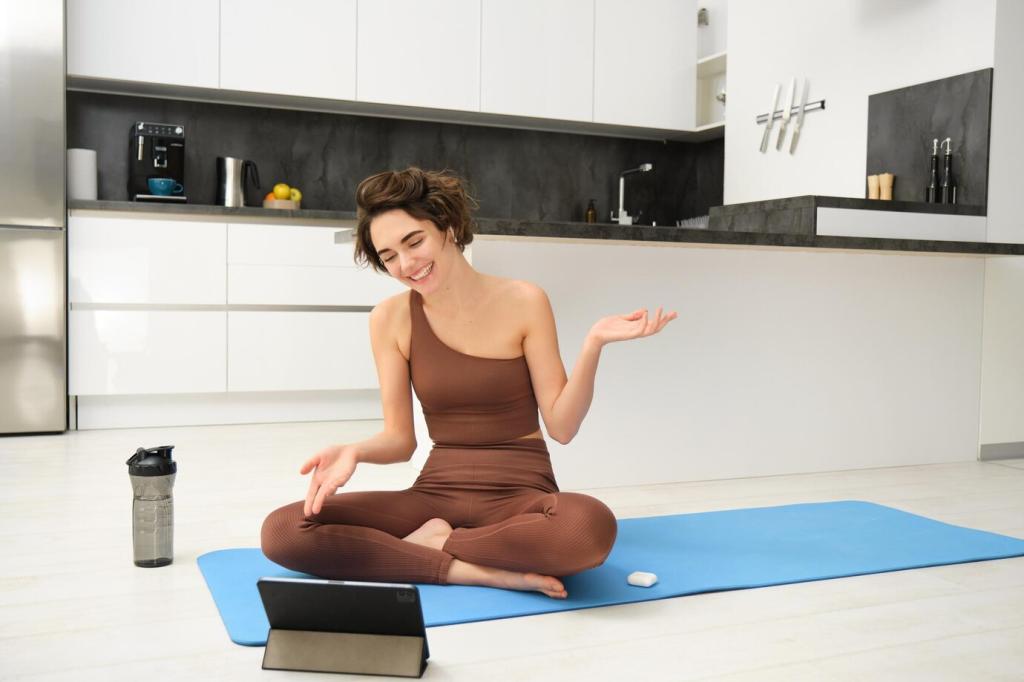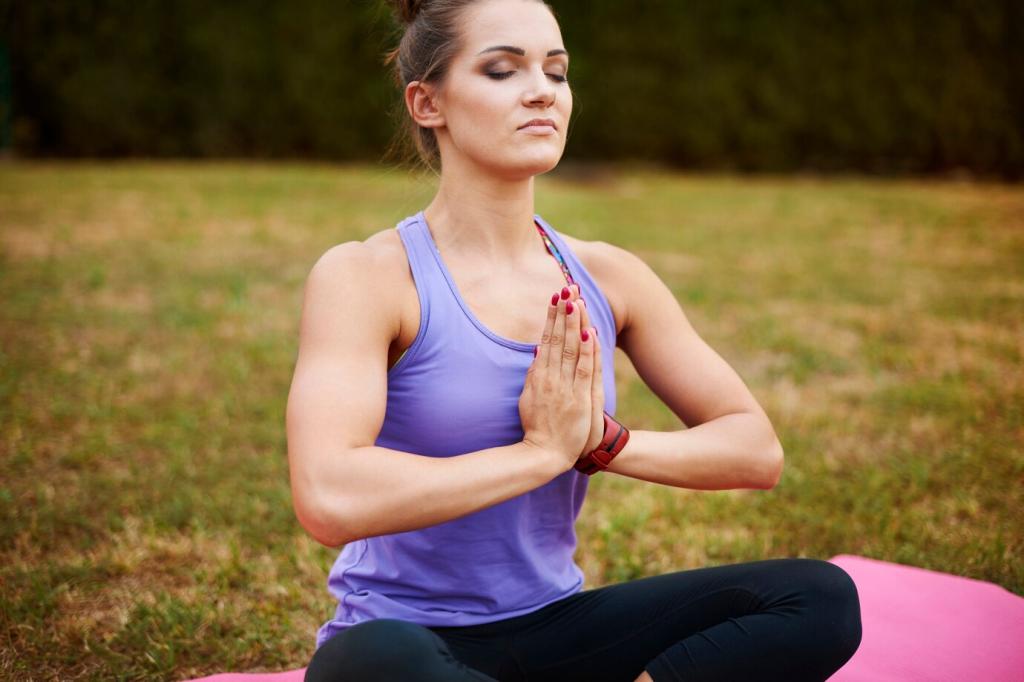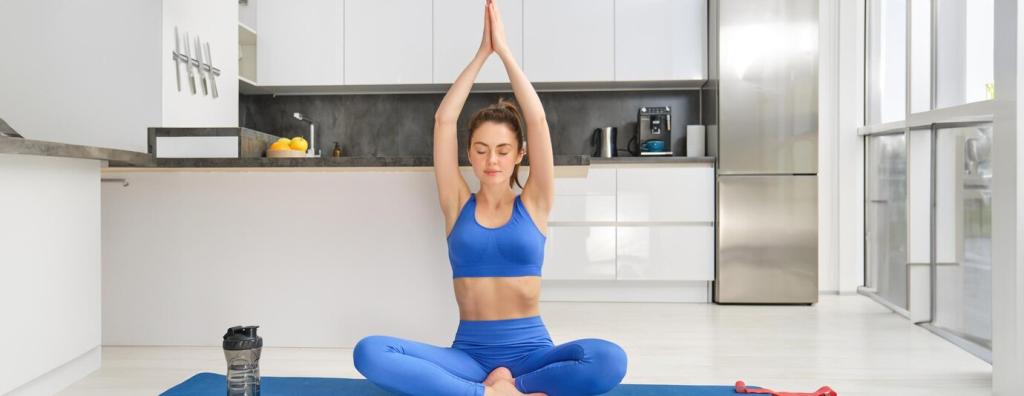Why Breath Unlocks Flow
Lengthened exhalations stimulate the vagus nerve, boosting heart rate variability and nudging the body toward calm focus. Try inhaling for four, exhaling for six. Notice how tension melts while attention sharpens, making sequences feel smoother and less effortful.
Why Breath Unlocks Flow
Interoception—feeling your breath from the inside—tethers awareness to the present moment. When thoughts scatter, quietly return to the sound or sensation of your breathing. That consistent anchor helps distractions fade and movement naturally sync with intention.

